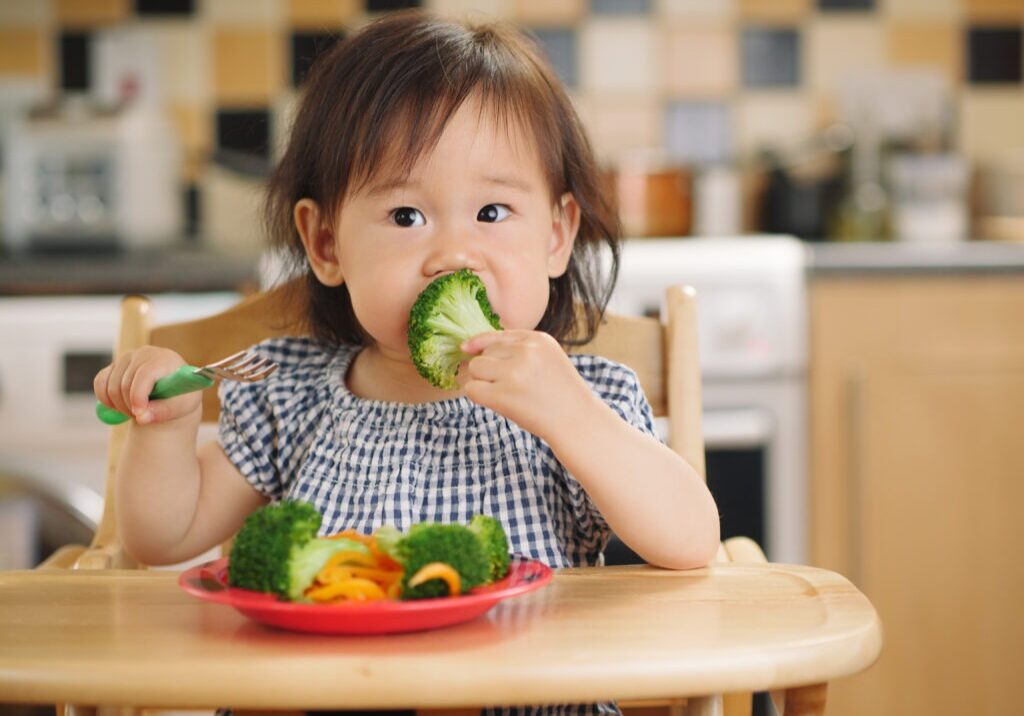Louisiana’s surging rates of unemployment and food insecurity led to a massive increase in applications for SNAP (formerly, Food Stamps), beginning in mid-March, when the state’s stay at home order went into effect. On April 13, Louisiana’s Department of Children and Family Services (DCFS) faced a backlog of over 95,000 unprocessed applications submitted since the beginning of February.
Now, the agency’s backlog is beginning to turn the corner, thanks to a significant increase in processing capacity and a decline in the number of new applications the agency receives each day.
In the first week of February, state caseworkers processed an average of 1,589 applications each work day. In the workweek starting April 13, the agency more than tripled that average, processing a total of 5,681 applications per work day. In addition to new flexibilities in SNAP rules that the state instituted earlier in the crisis (discussed here), several other factors have contributed to the improvement in the state’s application processing rate:
- DCFS has diverted existing capacity to application processing. All available agency staff have been diverted to processing applications, including registering new applications in the system and other related duties. The agency has also authorized paid overtime to increase the number of applications processed daily.
- DCFS has brought in additional capacity to process applications. The agency has rehired some retired employees and has brought staff in from other agencies to register new applications and to perform other duties to assist with application processing.
- The state’s new computer system is becoming more familiar to caseworkers. Louisiana transitioned to a new computer system for processing SNAP applications just after Mardi Gras. In addition to the technical issues associated with that change, caseworkers’ transition to a new computer system came with a learning curve. As technical issues are addressed and caseworkers become more familiar with the new case management system, they may be able to process applications more quickly.
- The volume of new applications has decreased: While more people are still submitting new SNAP applications each day than before the coronavirus, the total daily volume of applications has slowed significantly. Between March 28 and April 3, when SNAP applications were at their peak, the state received an average of 9,515 applications each day. Between April 11 and April 17, the most recent full week for which data are available, the agency received an average of 2,897 applications per day.
If the current, relatively stable rate of decline in the agency’s application backlog continues, it will take the agency an estimated 32 calendar days to resolve the current backlog. Changes in application volume or rate of application processing would affect the time it takes the agency to clear the current backlog.
The state’s response to the surge in SNAP application volume is a commendable reaction to a very challenging circumstance. Once this crisis passes, however, the need for efficient and accessible systems for getting food assistance to people struggling to keep food on the table will remain. Louisiana’s policymakers should invest in continued improvements to the systems that people in Louisiana use to access SNAP and other income and work support programs.
Even when we aren’t living through a global crisis, paperwork hurdles and processing problems shouldn’t keep families from the help they deserve.
